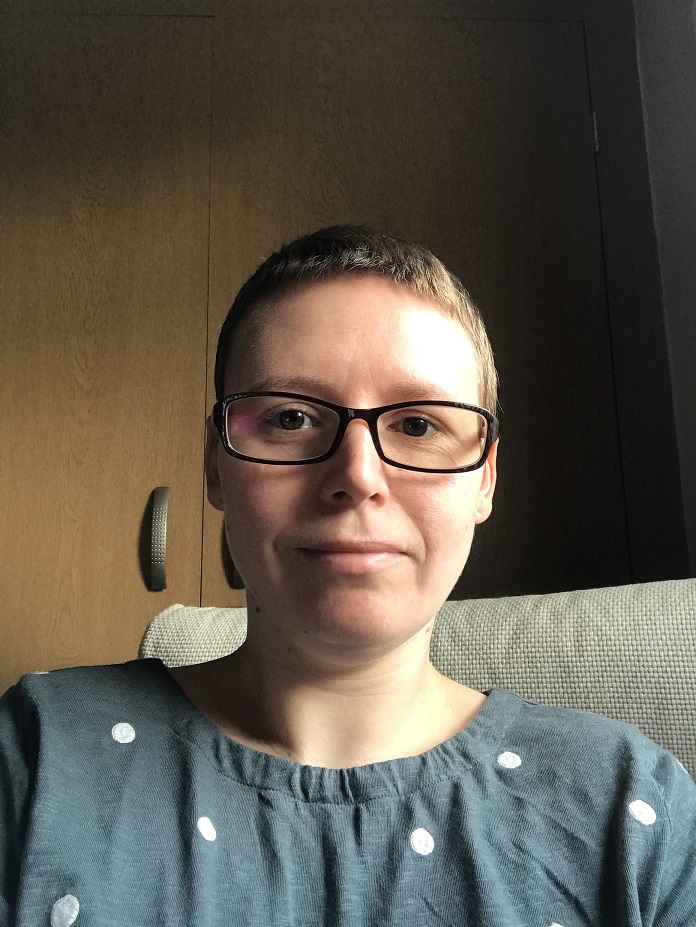When we think of access problems, our minds often jump to wheelchair users or older people. However, there is a huge group of people who experience all kinds of access issues not apparent to onlookers.
Such issues are determined by individual factors including hidden impairments but are created by places and services not being aware of invisible disabilities and therefore not providing basic adjustments.
Invisible conditions or disabilities are very common and are often overlooked for lots of different reasons. In our society, we tend to make the assumption that if someone looks ‘well’ then they are ‘well’. Of course, one person’s ‘well’ may not be the same as another’s.
Doctors and medical students with invisible disabilities can experience a huge variety of access problems. Someone with mobility issues, who doesn’t use a visible aid, may still find it impossible to use steps.
Equally, someone with a circulatory problem may not be able to walk more than a few metres. Those with severe anxiety, or who are deaf, may not be able to use the phone to book an appointment. Those with a learning disability may not be able to use a computer to request medications.
There are all sorts of issues with access to physical locations and all types of services that those with invisible conditions may have that go unseen. This means that, unlike someone in a wheelchair who everyone can assume has a legal right to adjustments to enable them access, unless someone with an invisible condition makes a complaint or gives feedback, their access issue may go undetected so not addressed for a very long time.
It takes a lot of confidence and tolerance of judgement for someone who looks ‘well’ to approach an establishment to point out their access issue and request something to be done to address it.
How far have we come?
 LOCKWOOD: 'People assume that I am ashamed to be seen in my wheelchair'
LOCKWOOD: 'People assume that I am ashamed to be seen in my wheelchair'
We have certainly made some progress in the last 20 years. The Equality Act 2010 was a huge step forwards in defining and protecting the rights of those with disabilities, hidden or not. We are generally more aware of the rights of disabled people than we were 20 years ago, helped by initiatives such as the UK Disability History Month and the UN International Day of People with Disabilities.
For those with visible impairments, help is more readily available. However, even then, there are large numbers of services and locations that remain inaccessible.
I think the two main areas where there is huge scope for progress are the general culture around disability and around the awareness and understanding of invisible conditions.
The general culture around disability is still one of stereotyped assumptions, embarrassment and disrespect. People still tend to assume that someone in a wheelchair has a low IQ or communication difficulties.
People still assume that those with learning disabilities can’t be successful in high-functioning jobs and people still assume that I am ashamed to be seen in my wheelchair because it somehow tells of the type of person who I am. They certainly find it difficult to believe that I can be a doctor.
When it comes to invisible conditions, we have a very long way to go. The assumptions that are made about a person based simply on their appearance are staggering. We still have people challenged when using their blue badges to park because they ‘look well’.
We still see large numbers of healthcare employers refusing to grant reasonable adjustments because they feel the person ‘looks normal’ so doing so may upset other employees.
We still hear of far too many people dismissed when requesting help and support because they don’t ‘look ill’.
Those who ring in sick to work are judged to be dishonest based on an appearance and those people using accessible toilets or lifts are still scorned because they look ‘normal’.
How far have we got to go?
In our Western culture, we generally don’t deal with different well at all. We also tend to be focused on our concept of ‘the self’ and assign a high importance to this.
The result of this is, rather than accepting differences with an open and compassionate mind; recognising the interdependence that exists in life and helping and accepting others because we are all valuable, we view differences as potential threats.
Until this flawed psychological model of life is addressed and people come to understand and accept the interdependence that exists between us all; the value that every single person has regardless of their ‘condition’, then we will continue to struggle to make our society truly accessible.
Kelly Lockwood is chair of the Disabled Doctors Network

